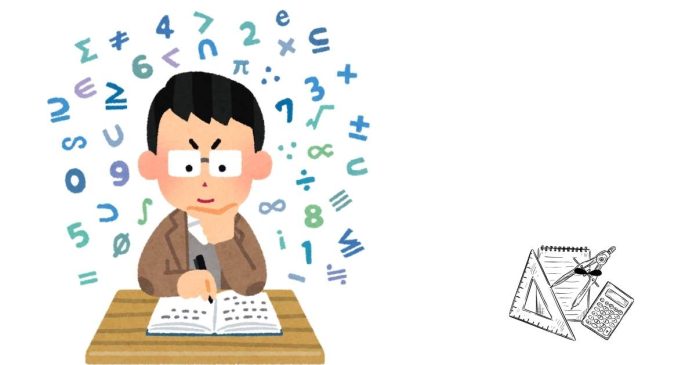Example System of Linear Equations:
- 2x+3y=5
- 4x−y=3
The goal is to find values for xxx and yyy that satisfy both equations simultaneously.
Methods to Solve a System of Linear Equations
There are several common methods for solving a system of linear equations:
Substitution Method:
This method involves solving one equation for one variable and then substituting that expression into the other equation.
Steps:
- Solve one equation for one variable (either x or y).
- Substitute this expression into the other equation.
- Solve for the remaining variable.
- Substitute the value of the variable back into one of the original equations to find the other variable.
Example (using the equations above):
- Solve the second equation for y:
4x−y=3⇒y=4x−3
2. Substitute this expression for y into the first equation:
2x+3(4x−3)=5
Simplify:
2x+12x−9=5
14x−9=5
14x=14
x=1
3. Substitute x=1x=1 into y=4x−3y=4x−3:
y=4(1)−3=1
So, the solution is x=1x=1 and y=1y=1.
Elimination Method:
This method involves adding or subtracting the equations to eliminate one variable, making it easier to solve for the other.
Steps:
- Multiply one or both equations by constants to align the coefficients of one of the variables.
- Add or subtract the equations to eliminate one variable.
- Solve for the remaining variable.
- Substitute this value back into one of the original equations to find the other variable.
Example (using the same equations):
- Multiply the second equation by 3 to align the coefficients of y:
3(4x−y)=3(3)
12x−3y=9
Now the system is:
- 2x+3y=5
- 12x−3y=9
2. Add the two equations to eliminate y:
(2x+3y)+(12x−3y)=5+9
Simplify:
14x=14
x=1
3. Substitute x=1x=1 into one of the original equations, say 2x+3y=52x+3y=5:
2(1)+3y=5
2+3y=5
3y=3
y=1
Thus, the solution is x=1x=1 and y=1y=1.
Graphical Method:
This method involves plotting both equations on a graph and finding the point where the lines intersect. The coordinates of the intersection point will give you the solution to the system.
Matrix Method (using Gaussian Elimination or Cramer’s Rule):
For larger systems of equations, using matrices and solving them with methods like Gaussian elimination or Cramer’s rule can be an efficient approach.
General Solution:
- If the system has exactly one solution, the lines are intersecting (the system is consistent and independent).
- If the system has no solution, the lines are parallel (the system is inconsistent).
- If the system has infinitely many solutions, the lines are coincident (the system is consistent and dependent).


